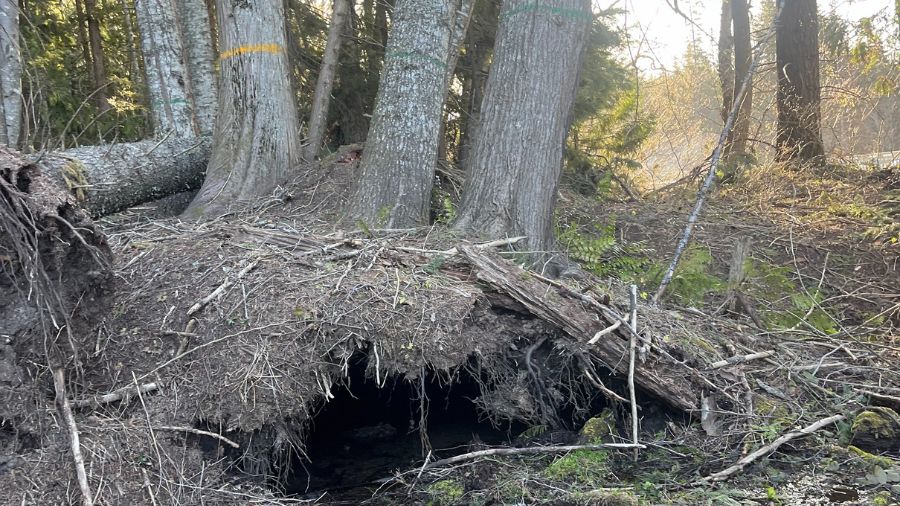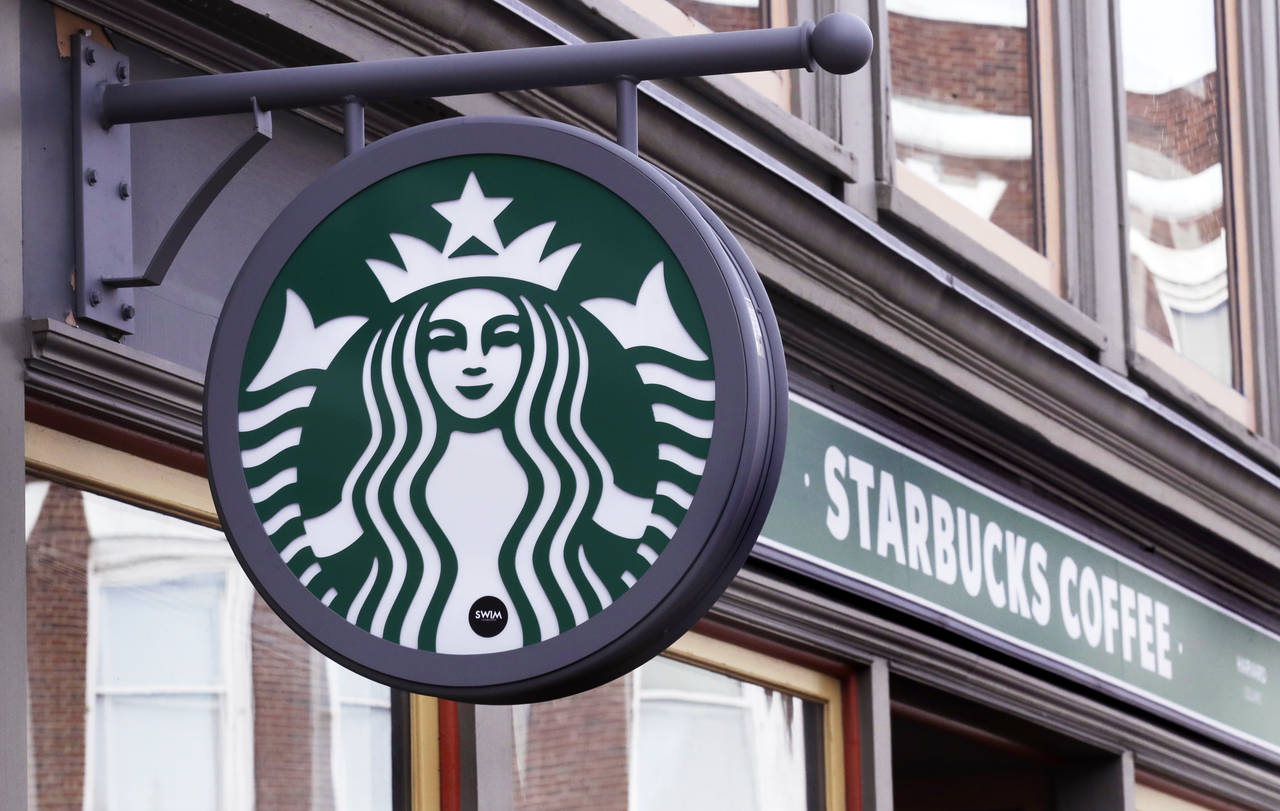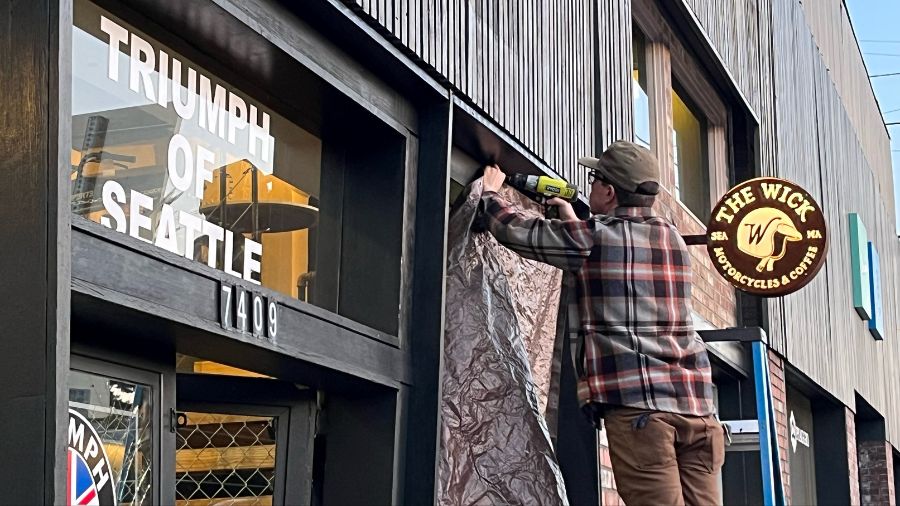Seattle mayor unveils plan to ramp up police presence downtown amid surge in violence
Mar 4, 2022, 12:27 PM | Updated: Mar 5, 2022, 7:50 am

Seattle Mayor Bruce Harrell delivered his second State of the City address Tuesday afternoon. (Seattle Channel)
(Seattle Channel)
Seattle Mayor Bruce Harrell held a press conference alongside law enforcement leadership Friday to address ongoing concerns regarding public safety in the downtown core.
Seattle continues to struggle with police staffing, increase in crime
Mayor Harrell and interim Police Chief Adrian Diaz both hinted at plans earlier this week to increase the presence of armed officers downtown. That comes in the wake of a number of high-profile violent incidents, including the murder of a 15-year-old boy on Wednesday night near Third Avenue and Pine Street, as well as the stabbing of a man who was sleeping near Fourth Avenue and Pike Street on Friday.
“We are out of control in terms of the city, and things have to drastically change,” Harrell said on Friday.
The Seattle Police Department deployed a mobile precinct at Third and Pine on Thursday, with Harrell detailing what he’s calling “Operation New Day,” which will have “six dedicated officers at a minimum to this location with additional patrol support.”
“The first step to ensuring safety has to be stabilizing the area,” he stated.
Harrell also outlined a goal to focus on enforcement of drug-related crimes in the downtown core, and to partner with King County prosecutors and U.S. Attorneys to ensure that offenders are dealt with appropriately within the legal system. The city will be partnering with the King County Sheriff’s Office and regional law enforcement agencies to provide additional support for SPD in hotspot patrol areas.
Suits: Seattle is ‘scrambling’ to recruit police officers
That said, other speakers during Friday’s press conference cited larger goals to address the root causes of crime in Seattle, rather than simply focusing on arrests and prosecutions.
“We are not going to prosecute our way out of these problems — we are not going to simply jail and lock up everyone,” U.S. Attorney Nick Brown said. “We have to build some of these foundational systems that are sustainable with young people in particular, with jobs, with resources and support, with trauma-based informed support for these kids seeing crime in their family and communities.”
“I don’t want to lock all those people up,” he added. “It might make us feel safe for a few years, but 97% of the people we lock up are going to get back out. We have to think about how we prevent people from being part of the system to begin with, and not just use the blunt tools of law enforcement.”













